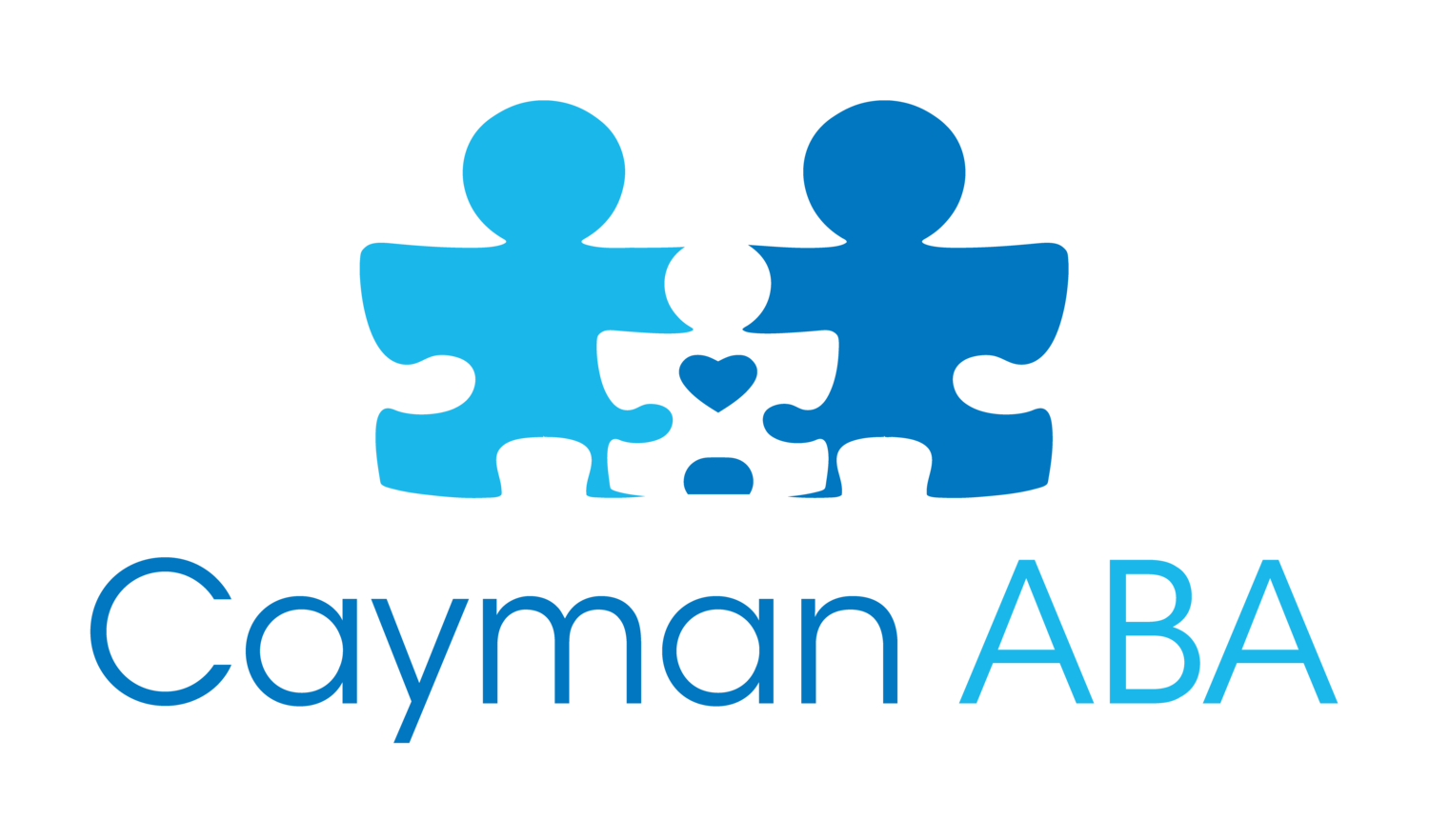Why Do People Do What They Do?
Have you ever wondered why a person does something? You aren’t alone and there are many approaches to understanding why people do the things they do. In the field of ABA, when we want to find out why a behaviour is happening, a Board Certified Behaviour Analyst (BCBA) performs a Functional Assessment (FA’s or FBA’s), which can be composed of interviews, observations, and clinical conditions. At all stages, data is taken on specific behaviours of concern and the scientific process is used to determine what function is “behind the behaviour”. Behaviour Analysts reference what they call the “Four Functions of Behaviour” which are supported by scientific research, they are:
Escape: The behaviour gets the person out of an undesirable situation or avoids the situation entirely. An example would be a student who acts out in maths class and is sent to the Principal’s office. If the effect is that the child did not do their maths work, they are more likely to act out before maths class again.
Access to Attention: The behaviour gets the person attention or a reaction from others. An example would be a child climbing onto a counter and their mother telling them to stop, finally picking the child up and saying “Now you stop that!” when they do not listen. If the effect is that the child got satisfaction out of being picked up and yelled at, they are more likely to climb on the counter and refuse to listen again.
Access to Tangibles: The behaviour gets the person access to something, an item or an activity. An example of this would be a child whining and pleading when told to get off of the iPad, and a caregiver giving them more time with the iPad. If the effect is that the child gets more time with the iPad, they are more likely to whine and plead again when told to get off the iPad.
Sensory Stimulation: The behaviour grants the person access to something that is automatically rewarding. Examples include itching an itch, eating food, and movements (tapping your foot, spinning in circles, clicking a pen, twirling hair, etc.) . If the effect is that the behaviour itself is rewarding, the person is more likely to do it again.
Once we have some understanding of what function the child’s behaviour is serving, we have a better idea of how to shape the child’s environment to positively impact their behaviour.
Why is the Function of a Behaviour Important?
The field of ABA has years of research that indicate just how important it is to identify the function of a behaviour before planning and implementing an intervention, but why is it so important? When we have some understanding of what function the child’s behaviour is serving, we have a better idea of how to shape the child’s environment to positively impact their behaviour. In the field of ABA we help teach and shape behaviour through many means, including prevention, teaching appropriate replacement behaviours , and assisting in the creation of specific plans that describe how to respond to specific behaviours. In order to be effective and ethical, we can’t do that until we know why the behaviour is happening, what those in the field of ABA often call the “function of a behaviour”.
Putting it Together, Function and Intervention
As a general example if an ABA practitioner sees that a child climbing on the counter frequently results in their mother interacting with them (scolding, teasing, laughing, etc.), they would suspect an attention function for “climbing on the counter” behaviour. With that knowledge, we can then make sure that, instead of being talked to and interacted with for climbing on the counter, they are talked to and interacted with for desired behaviour instead.
Let’s look at the same behaviour another way.
If the child climbing on the counter frequently results in them getting a favourite food item, instead of having their mother interact with them, then providing attention for desired behaviour may have no effect on reducing climbing. We would instead help teach the child ways to ask for the favourite food item and ensure that the child never gets the food after climbing on the counter.
